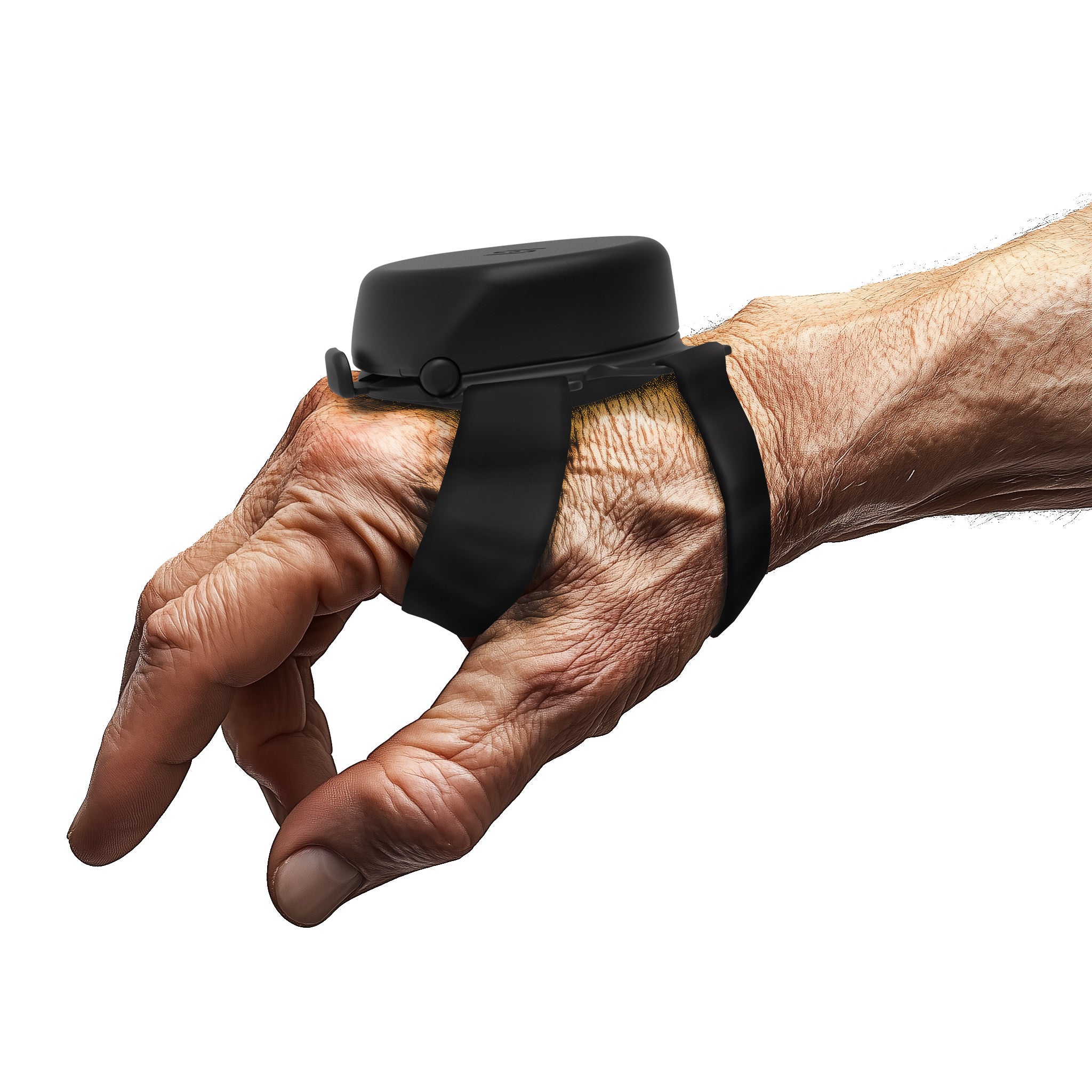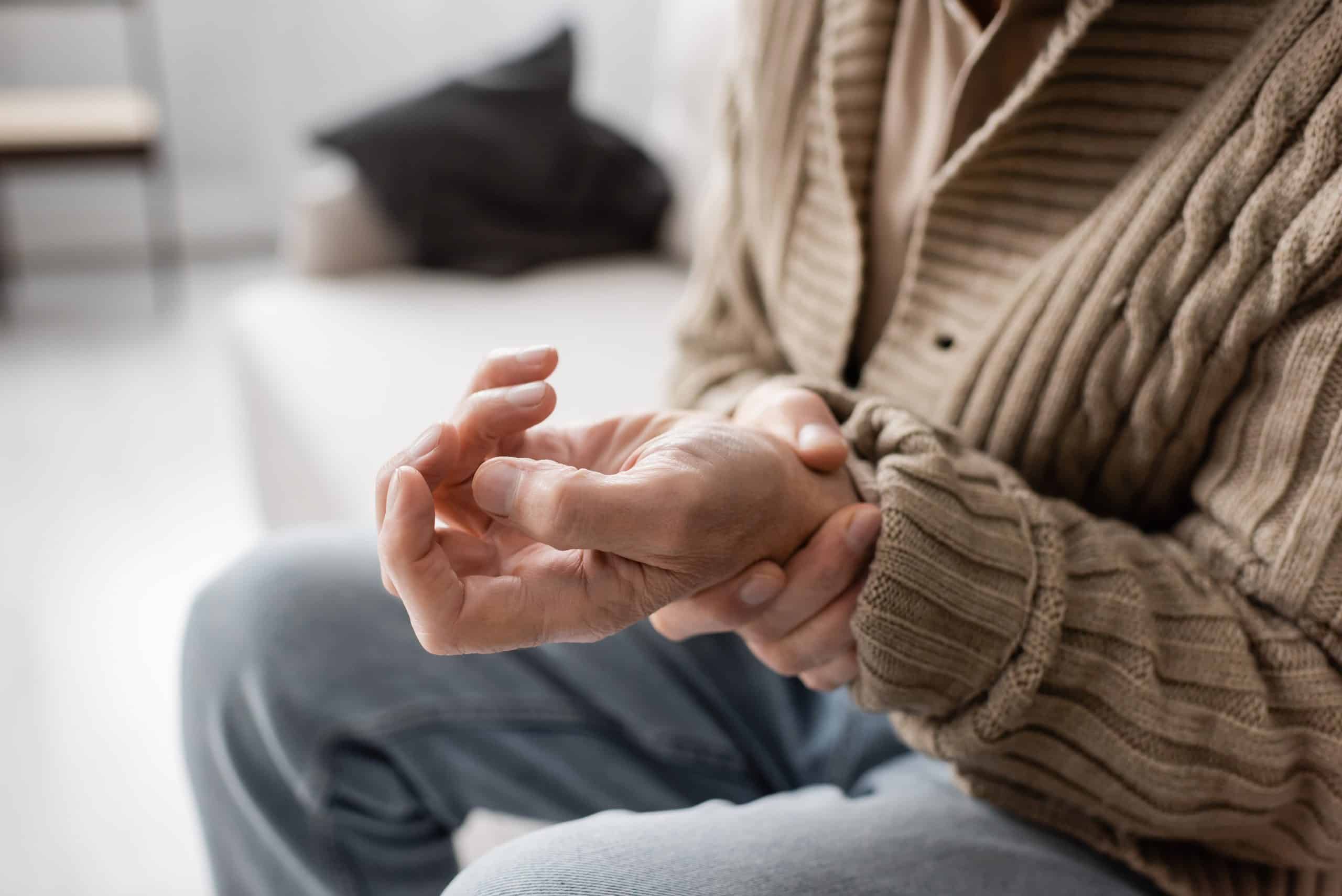A Closer Look At The Progression Of Parkinsonism
Readers often ask, “What are the 5 stages of Parkinson Disease ?” This section explains them.
Parkinson’s Disease (PD) is a progressive condition affecting movement (Mayo Clinic, 2018). The etiology indicates that this is a disorder related to the nervous system. Symptoms are such that they start gradually and may even be unnoticeable at first. Tremors are one of the most common symptoms when it comes to PD (Mayo Clinic, 2018). However, tremors are not the only progressive condition caused by this disorder. PD also causes slowing down of movement, stiffness within the body, as well as non-motor restrictions (Mayo Clinic, 2018). This overview helps explain Parkinson Disease progression and the changes experienced through each stage.
Signs and symptoms of PD may include tremors, slowed movement, rigid muscles, impaired posture and balance, loss of automatic movements, speech changes, and writing changes on the motor symptoms side (Mayo Clinic, 2018). On the non-motor symptoms side of symptoms, PD can cause loss of smell, pain, and dementia (Ratini, 2017). These signs and symptoms can all vary in intensity depending on the progression of the condition.
The progression of PD is quite individualized and affects people differently. It is not necessary that all individuals with PD experience all the same symptoms at the same severity (Downward, 2017). This can vary exceptionally as different individuals will experience neurodegeneration at different speeds. This Parkinson Disease progression is categorized into five stages as shown in Figure 1. These stages of Parkinson's Disease are known as the Hoehn and Yahr Scale, which is used as an international standard scale for rating and keeping track of PD advancement (Healthline, 2018).
Figure 1: 5 Stages of Parkinsonism Progression

Stage 1
The earliest stage of PD, where mild to no functional symptoms may be present on one side of the body known as unilateral involvement (Downward, 2017). Symptoms during this stage are mild enough that they will not interfere with daily life nor require medical attention, as a physician will be unable to diagnose (Downward, 2017). Possible symptoms of stage one PD include slight changes in walking, posture, or facial expressions that may be noticed by close family and friends but otherwise missed (Henderson, 2019).
Stage 2
The early disease stage of PD, where symptoms start appearing on both sides of the body known as bilateral involvement (Henderson, 2019). It is quite common that tremors and rigidity may become slightly worse and some postural and daily tasks and walking difficulties may become quite noticeable (Henderson, 2019). However, at this stage, the individual can still remain independent. Stage two can develop within months to years after stage one (Downward, 2017). Progressive symptoms include loss of facial expression, speech abnormalities such as slurring, softer voice, monotoned voice or increase and decrease in voice as you speak, decrease in blinking, and stiffness (Downward, 2017). If tremor symptoms are noticeable, diagnosis can be easy at stage two. However, if noticeable symptoms are such that they can be misinterpreted, like slowness of movement, then it may be hard to diagnose as it may just seem like advancing age (Downward, 2017).
Stage 3
The mid-stage of PD, where the decrease of motor characteristics is particularly noticeable (Henderson, 2019). Inability to make automatic, rapid, and involuntary adjustments will result in falls at this stage (Downward, 2017). Independent living is now staggered slightly; the individual will start to experience difficulties with everyday tasks and activities; however, they can still perform them (Downward, 2017). Symptoms for stage 3 PD show impairment, and therefore, the diagnosis is much easier.
Stage 4
The later stage of PD, where the symptom progression is severely limiting (Henderson, 2019). Although the individual can stand without assistance, movement is greatly impaired (Henderson, 2019). Stage 4 exclusively means that the individual will not be able to live an independent life any longer and will need assistance for daily tasks and living. Many individuals may now start using walkers or canes even for moving around (Henderson, 2019).
Stage 5
The most advanced stage, where around-the-clock assistance is required for all aspects of daily living (Henderson, 2019). Assistance is needed for rising from the bed or chair to standing or even turning. At this stage, PD can also cause delusions or hallucinations (Henderson, 2019). Although symptoms are progressive, it is important to keep in mind that not all individuals will ultimately reach stage 5. Many individuals may have slower progression with fewer symptoms, or they may not have all the same symptoms as another individual (Downward, 2017). In general, progression and symptoms vary from individual to individual; therefore, some individuals may take a lot longer in one stage versus another or never reach past a certain stage.
It is important to keep in mind that treatments are available that will help at every stage of the PD progression (Downward, 2017). But treatment will be better at alleviating symptoms if the diagnosis is done at an earlier stage rather than later. Understanding Parkinson Disease progression helps both patients and caregivers prepare for changes that occur during the stages of Parkinsons Disease.

Helpful Resources for Parkinson’s Disease
A list of resources for you or your loved ones who are struggling with PD and are not sure where to find information.
-
National Parkinson’s Foundation – helps individuals live better with Parkinson’s. Helping to improve care and conducting research for advancement.
-
Michael J. Fox Foundation– helping to find a cure through research and raising money. Latest news, information database, and blogs on Parkinson’s disease.
-
Parkinson’s Disease Foundation– information and knowledge via news, latest research, upcoming events, and educational information on the disease.
-
com – support and caregiving resources and tools.
-
The Davis Phinney Foundation supports programs, research, and extensive information on living well with Parkinson’s.
-
The Parkinson Alliance– fundraising through their unity walk each year, providing current research information and news.
-
American Parkinson’s Disease Association: provides the support, education, and research that will help everyone impacted by Parkinson’s disease live life to the fullest.
This post has been brought to you by Steadiwear (featured on the International Essential Tremor Foundation Blog Tremor Talk), and our first product is the Steadi-One, featured on Forbes, The Globe and Mail, and Business Insider. The Steadi-One is a battery-free, lightweight, water-resistant assistive device that provides instant resistance against hand tremors. It incorporates a ball-joint surrounded by Non-Newtonian smart fluid, designed to provide instant and equal resistance against tremors. The Steadi-One is an FDA & Health Canada-registered Class I medical device. Schedule a free consult on the Steadiwear website today.
References
Downward, E. (2017). What are the Stages of Parkinson’s? Retrieved from https://parkinsonsdisease.net/basics/stages/
Healthline. (2018). 5 Stages of Parkinson’s. Retrieved from https://www.healthline.com/health/parkinsons/stages
Henderson, W. (2019). 5 Stages of Parkinson’s Disease. Retrieved from https://parkinsonsnewstoday.com/2017/08/23/five-stages-of-parkinsons-disease/
Mayo Clinic. (2018). Parkinson’s Disease. Retrieved from https://www.mayoclinic.org/diseases-conditions/parkinsons-disease/symptoms-causes/syc-20376055
Ratini, M. (2017). Stages of Parkinson’s Disease: How Symptoms Can Change Over Time. Retrieved from https://www.webmd.com/parkinsons-disease/guide/parkinsons-disease-progression#1



